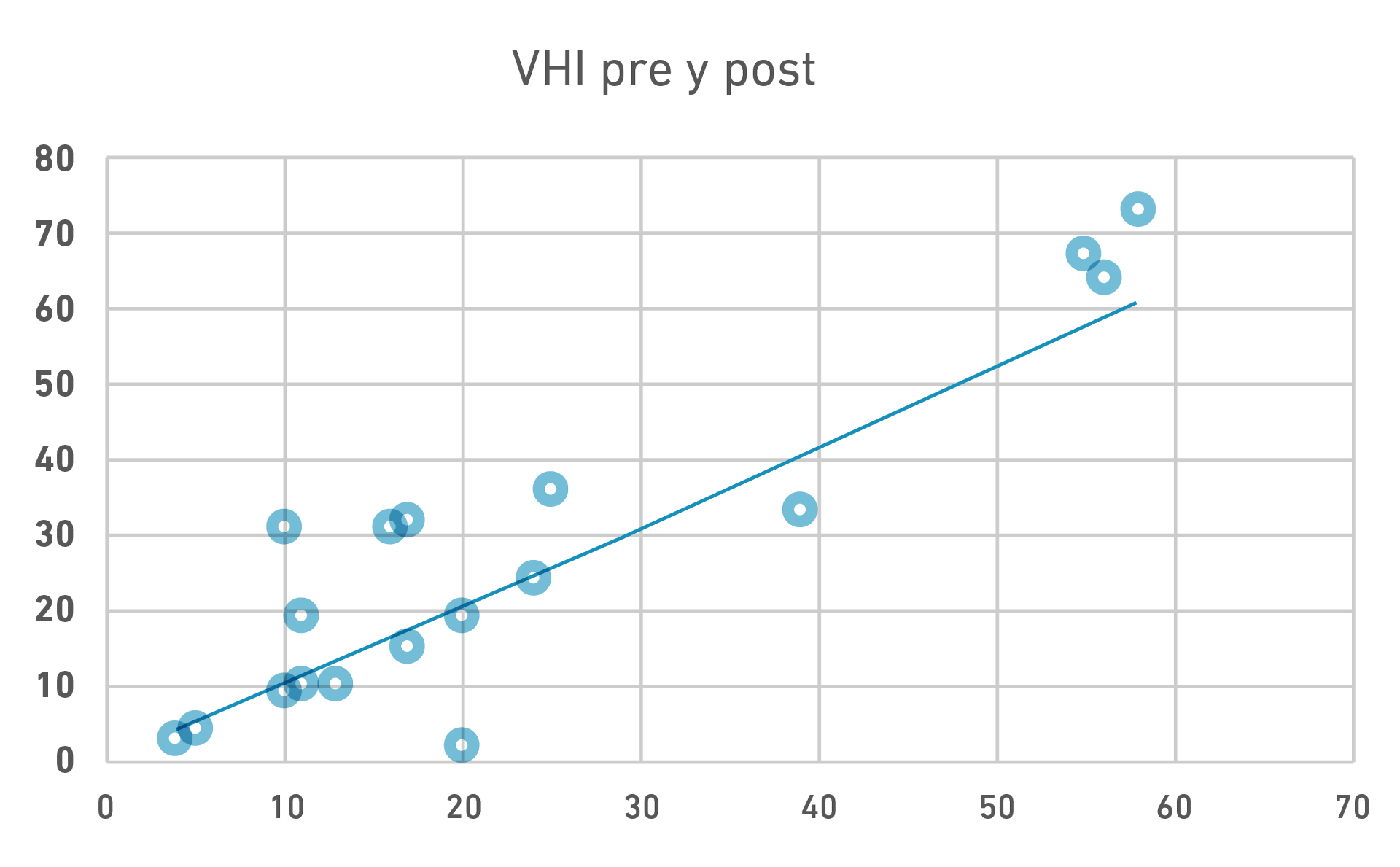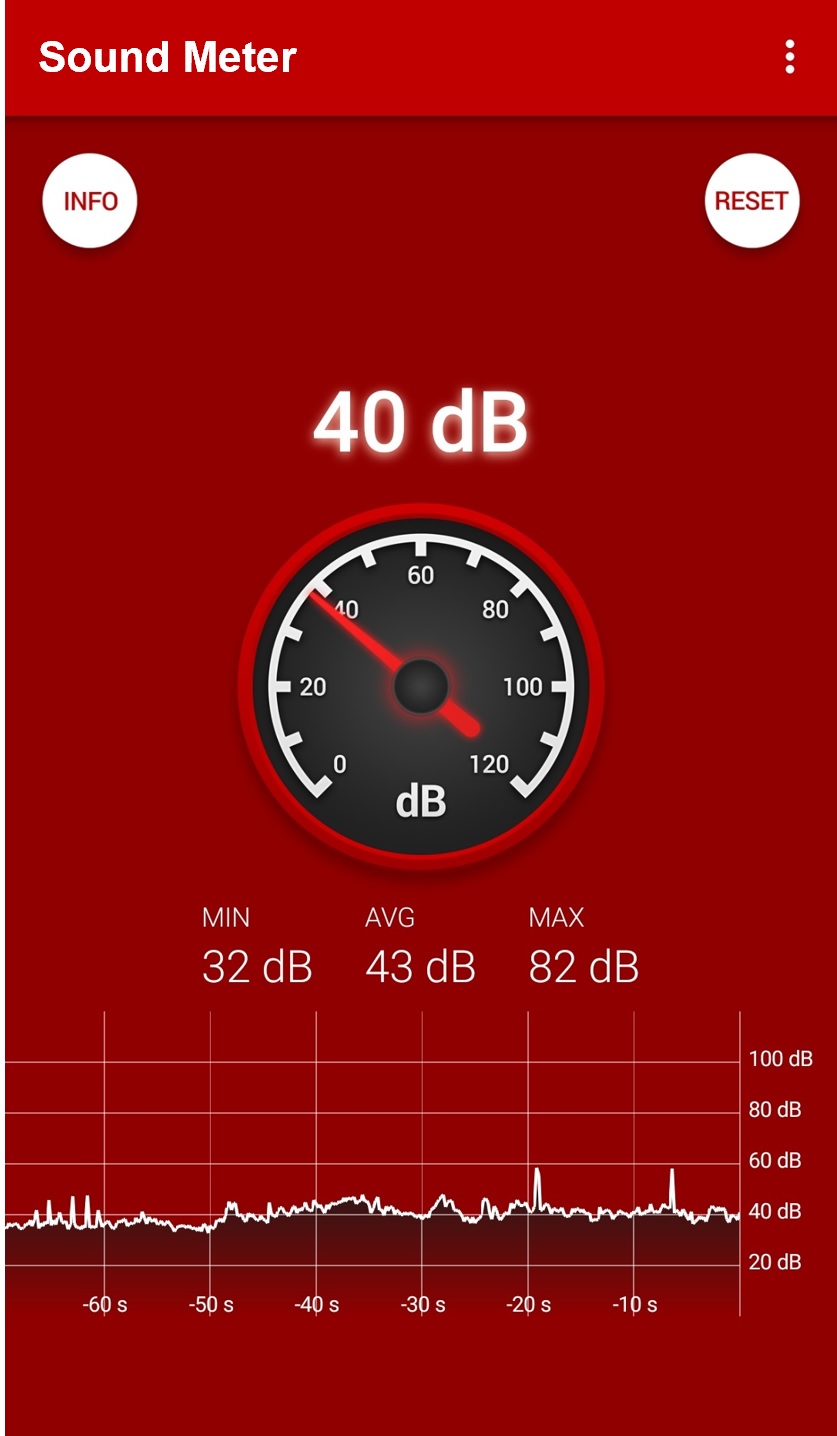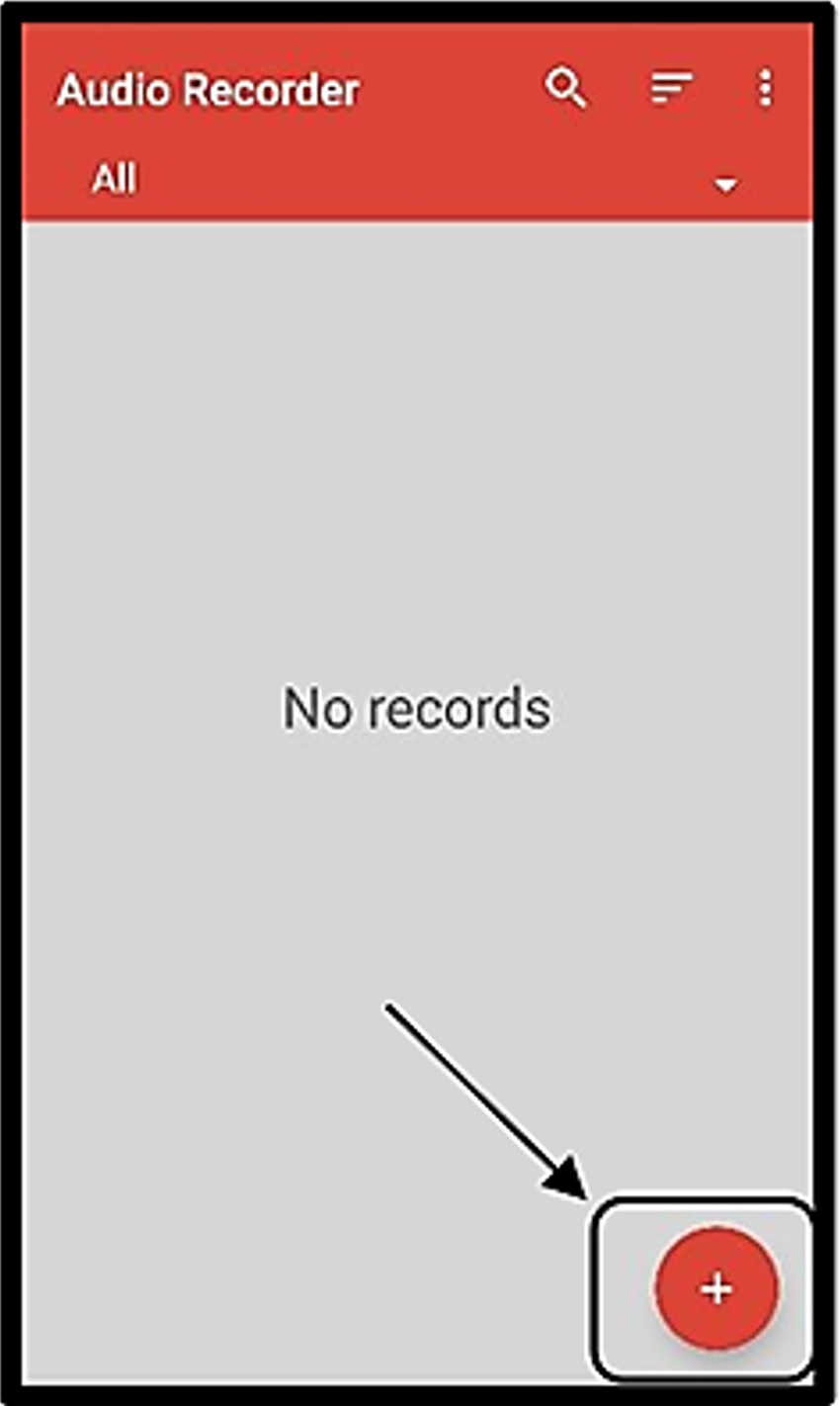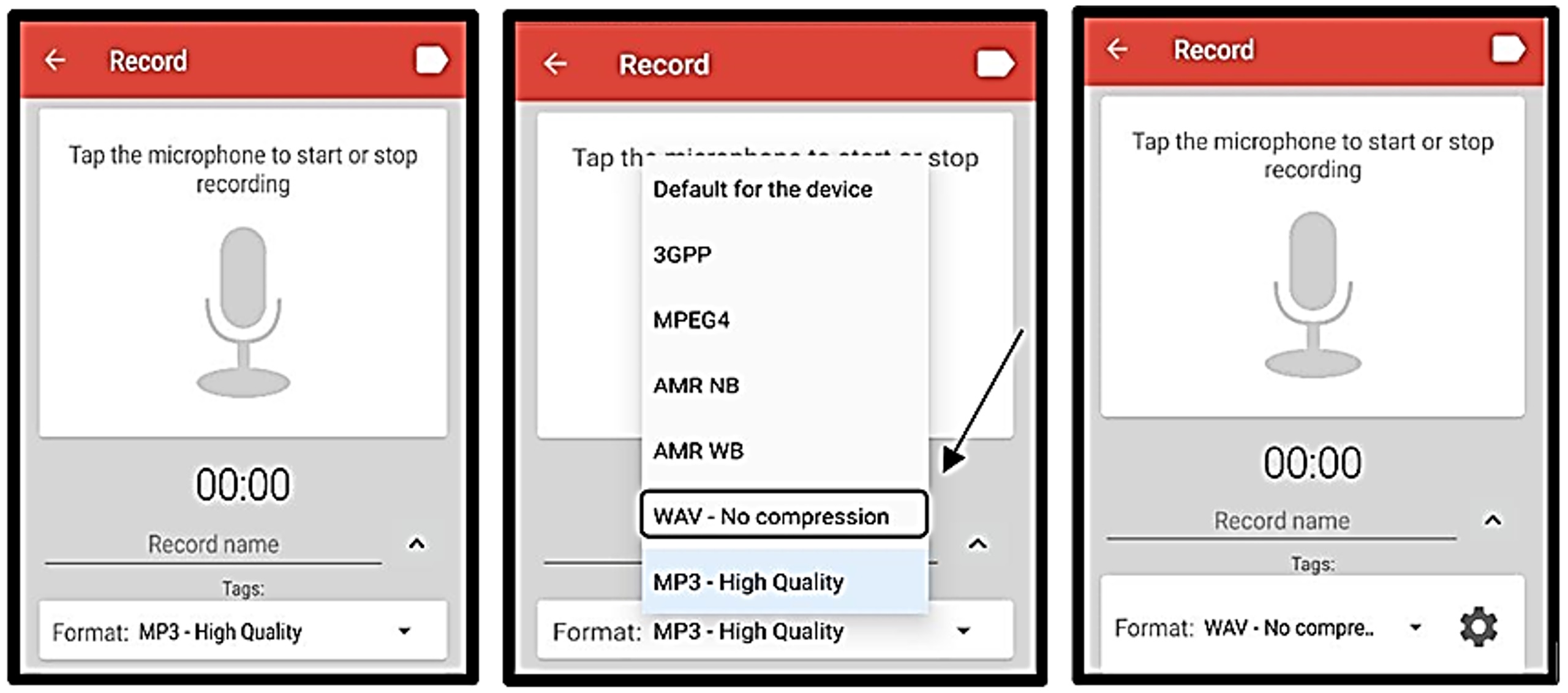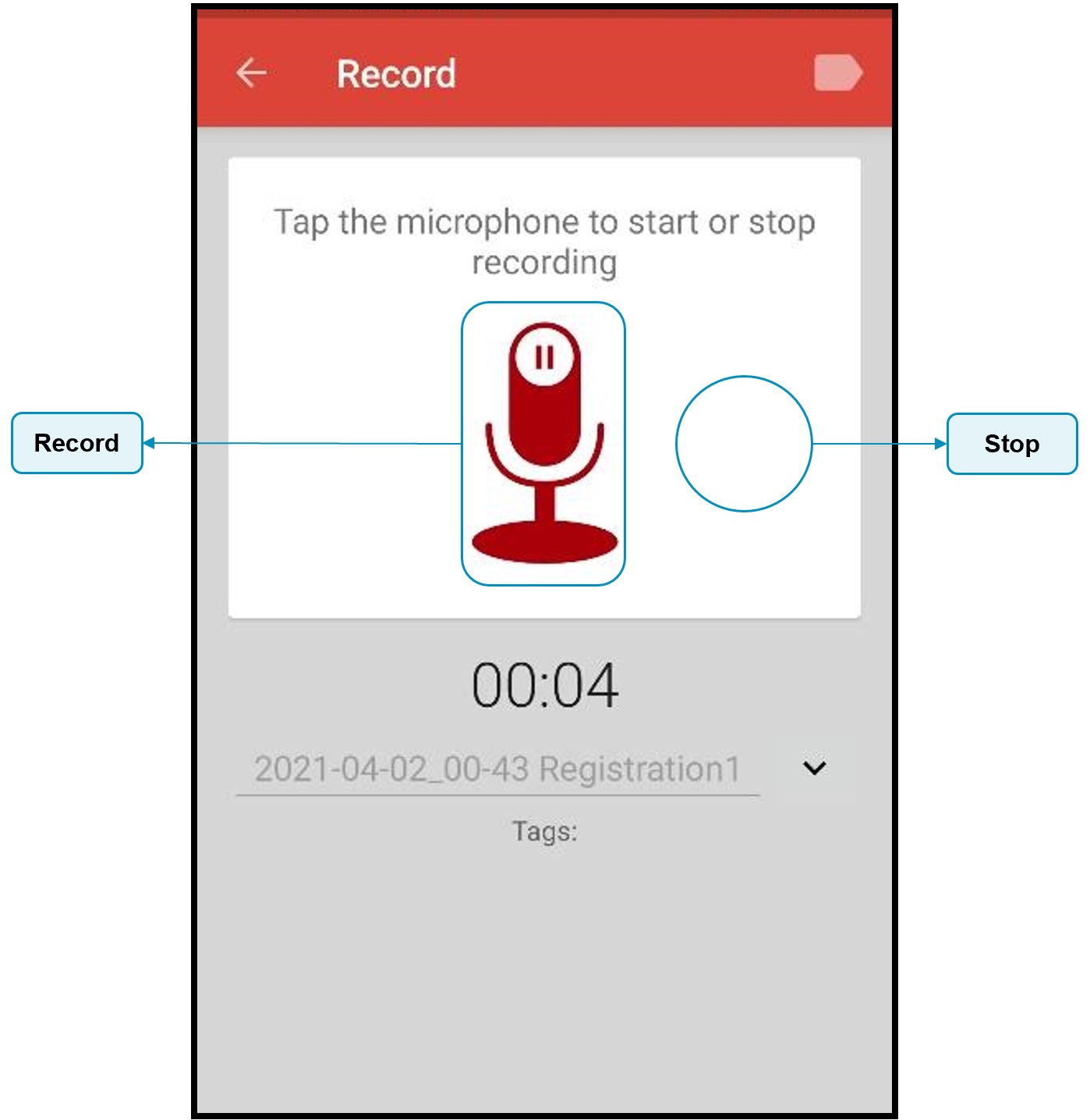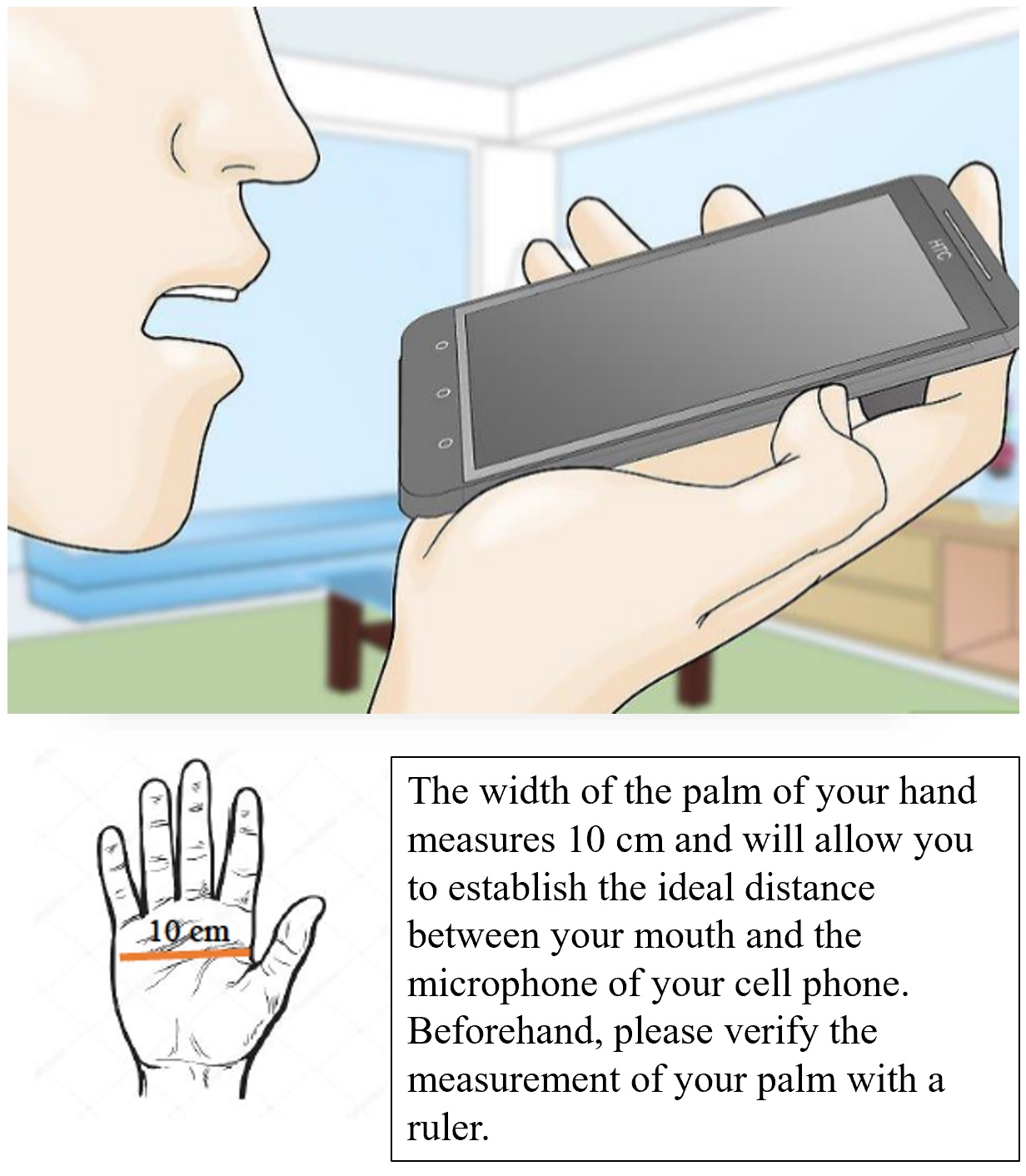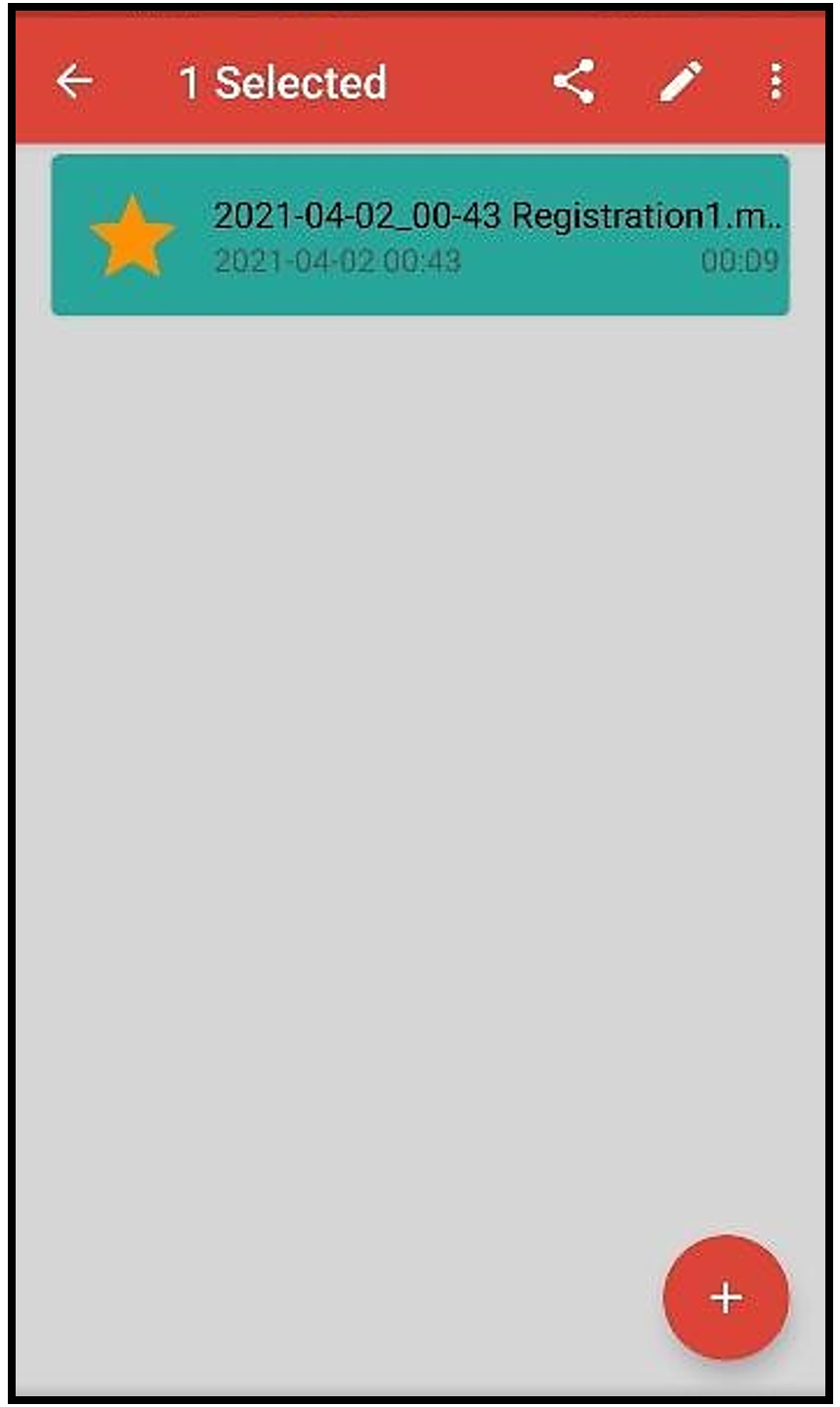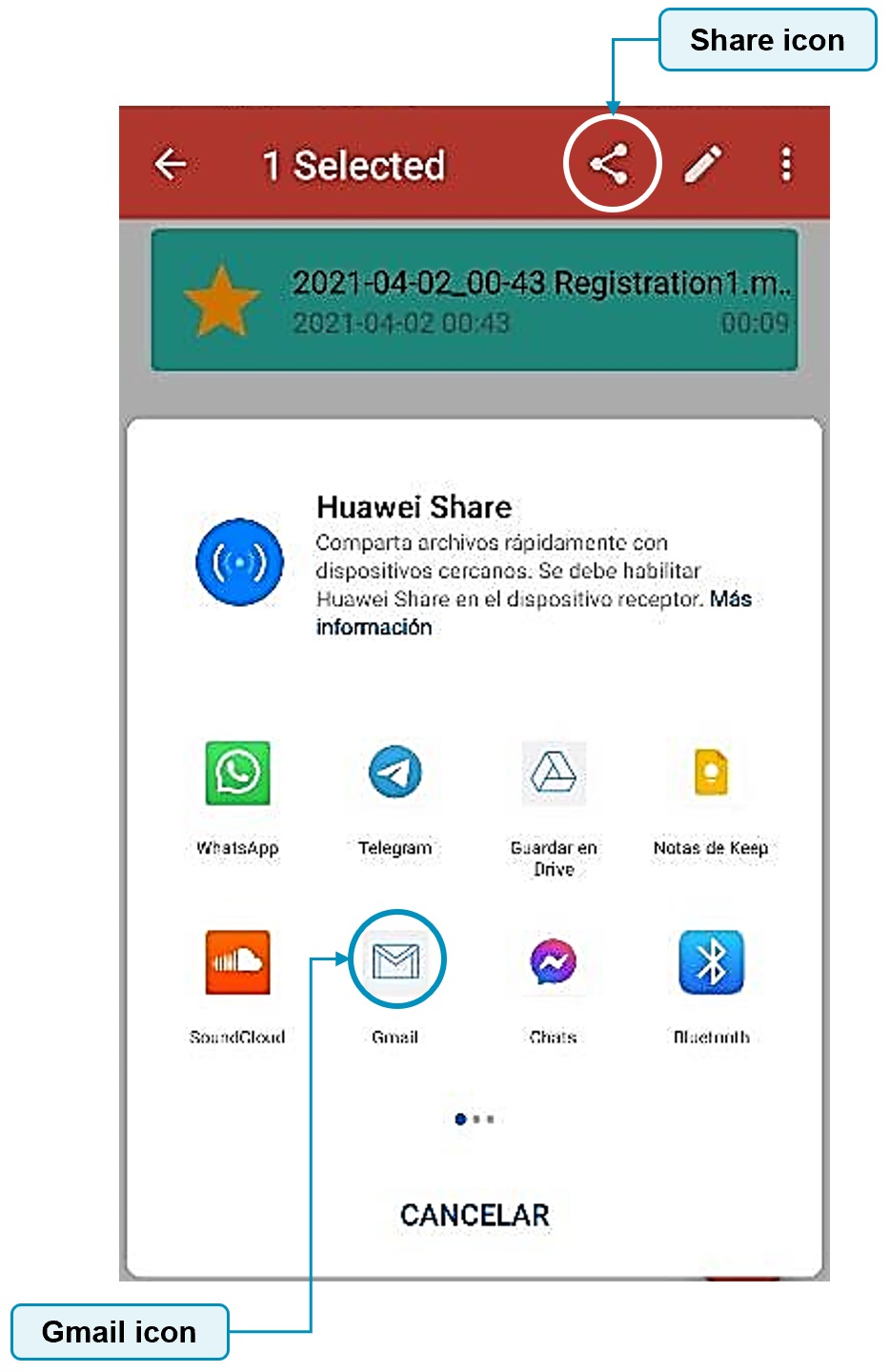Introduction
Occupational voice refers to a working tool used by different voice professionals, which includes speakers, singers, telephone operators, speakers, actors, and, in particular, teachers, who are a group of great concern due to the intense use of the voice [1]. The International Labor Organization (ILO) establishes that teachers are the primary professional category at risk of contracting diseases due to voice use [2] because they perform their job with no preparation, ignoring the mechanism and the functions of the vocal system, so they do their job with physical, biological, psychosocial and ergonomic risks, which leads to the development and onset of voice issues [3].
Dysphonia in teachers is a public health problem. Some authors report that the international prevalence of dysphonia in teachers is between 11% and 29% [4]; other studies place it around 34.7%, being more frequent in those teachers with greater seniority, women, and other people with disorders such as anxiety or gastroesophageal reflux, etc. [5] However, Preciado [6] indicates in two of his works that it is around 57%. Regarding the national prevalence, a study by Castillo [7] describes 3 of every 4 teachers as presenting a voice disorder of varying severity, and only 6% of them have been formally assessed and diagnosed. This dysphonia is characterized by a partial loss of the voice that affects a teacher’s job performance, associated with symptoms of discomfort or fatigue, demonstrating an association between the amount of vocal use and the voice disorder [8].
Different risk factors can affect a teacher’s voice during the exercise of their work, including physical factors of the environment, chemical factors, and organizational factors, all of which can lead to vocal overexertion [9]. In addition, Castillo [7] indicates that vocal difficulties in teachers are not an isolated problem, but depend on many factors, which are: 1) little awareness of their problem, 2) absence of an adequate vocal technique, 3) smoking habit, 4) presence of gastroesophageal reflux, and 5) high workloads requiring a vocal load.
This vocal load consists of the application of a mechanical force on the tissues that act on vocal function, in this case, the vocal folds [10], with teachers being the ones who generally experience a greater load due to the prolonged use of their voice with excessive intensity [11]. This causes an increase in heat in the vocal folds, which contributes to reducing the existing humidity in the folds, changing the biomechanical properties of the collagen and elastin, which accelerates the fatigue of the lamina propria, predisposing the appearance of damage to the tissues exposed to the vibration [10].
The COVID-19 pandemic has created a new context for the vocal and psychological morbidity of occupational voice users [12]. The current situation of teachers in Chile and part of the world is framed by public health policies that most countries have adopted, which has led to teachers working from home, facing new challenges that add additional pressure and facilitate deleterious results for health [12]. In this sense, a 2020 survey in Chile reveals that 77% of the teachers surveyed suffer from stress with long-distance learning [13]. The vocal interpretation in the classroom differs considerably from remote education, as the teacher is only in a room in their house and only has contact with the students through the Internet [14]. Some studies indicate that psychological stress is associated with higher levels of vocal symptoms in university professors during the transition from classroom to virtual education due to the COVID-19 pandemic, especially in subjects already suffering from higher stress levels before the pandemic [15]. In this sense, it is essential to consider the emotion-related motor component since the vocal process takes place through movements of the effector muscle system, which is also responsible for fulfilling the structural and functional components of the larynx [16]. Therefore, variations in emotions and/or stress have their physiological correlate at the neuromuscular level, which can be measured objectively through vocal biomarkers, such as the acoustic parameters of the voice (fundamental frequency, intensity, shimmer, jitter) [17,18]. In an attempt to explain the changes, some studies emphasize that psychological stress increases the activity of the hypothalamic adrenal axis, which elevates the circulating cortisol levels, which has various effects on the body. This includes an increase in the respiratory rate, muscle tension, and changes in the salivation rate, affecting vocal production [19,20].
One study reports a relationship between voice disorders and chronic occupational stress [21]. In the present context of the pandemic and working from home, teachers’ physical and mental health is affected by the nonexistent boundary between home and work activities [22]. In addition, working from home increases the sedentary lifestyle, which causes higher stress levels [12]. Although teleworking can be favorable in some ways due to the comfort of staying home, in other situations, the combination of telework and family life can trigger stress [23].
Mental well-being and care of the voice are subjects of great relevance to examine in teachers, considering how this impacts teaching quality, teaching performance, and vocal and psychological health [24]. Accordingly, this study aimed to evaluate how working conditions can affect the voice, assess occupational stress, and evaluate the changes in vocal quality in elementary teachers in Temuco after the implementation of working from home between April and November 2021.
Method
Group evolution longitudinal design. Using nonprobability purposive sampling, 18 Chilean teachers were recruited, ranging in age from 28 to 55 years, with an average of 44.21 years (SD = 11.34). The participants belonged to the schools Los Avellanos, Colegio Adventista, and Llaima in Temuco. The inclusion criteria were: 1) elementary teachers working from home; the cycle was selected for having the greatest prevalence of dysphonia [7]; 2) working 15 synchronous hours or more. The exclusion criteria were: 1) presenting voice disorders associated with neurological, psychiatric or vocal organic or functional pathologies; 2) presenting chronic respiratory diseases or acute respiratory infections at the time of the evaluation; 3) being a smoker.
The presence of dysphonia was ruled out by the perceptual analysis of the voice by two speech therapists external to the study and with more than six years of experience in the clinical area of speech.
The decision was made to exclude smokers because prolonged tobacco use causes thickening of the superficial epithelium and carries squamous metaplasia, edema, and submucosal inflammation [25], which would alter voice quality, but no longer as a result of the occupational use of the voice.
Instruments
Voice Handicap Index (VHI-30)
This questionnaire subjectively assesses vocal disability, measuring the perceived impact and behavior of the voice in three dimensions: physical, functional, and emotional. Each item has a score from 0 to 4 according to the subject’s perception. The questionnaire has high test-retest reliability and high total item correlations [26]. As a result, it has been widely used in voice studies nationally [27].
Vocal Tract Discomfort (Scale to determine discomfort in the vocal tract)
This is a self-report instrument that includes signs and symptoms of vocal discomfort. The more of these factors that are present, the higher the level of affliction or severity of the disorder. The values range from 0 to 108 points, classifying the difficulties as mild, moderate, or severe. This scale has been validated in other countries, testing on both teachers and a healthy population [28,29]. In Chile, it has been validated in a group of teachers, proving to be a rapid, easy-to-use tool that can identify vocal symptoms [30].
Maslach Burnout Inventory (MBI)
This is the most frequently used tool to measure burnout syndrome in teachers and service staff. It comprises 22 questions in the form of statements about teachers’ feelings and attitudes in their daily work with students. High exhaustion scores, high cynicism scores, and low scores of professional efficacy are indicators of burnout. This tool has been validated in Chile [31], showing high consistency and reliability close to 90% [32].
Praat software version 6.1.08
This software is used for the acoustic analysis of the voice, processing the quantitative data of the voice, manipulating the audio signals, and observing the emission parameters of the voice [33].
The measurements in the voice samples were done with the participants’ mobile devices, given the impossibility of assessing them in a laboratory during the pandemic. In this sense, some studies have shown highly favorable results using this methodology [34,35].
To avoid changes in the intrasubject voice samples as a result of the cell phone used, it was confirmed that the recordings at the beginning and end of the year were done on the same device, details of which are in Table 1.
Table 1 Mobile devices used by the participants.
| Subject | Brand mobile device | Subject | Brand mobile device |
|---|---|---|---|
| 1 | Huawei P30 | 10 | Motorola E30 |
| 2 | Samsung Galaxy J6 | 11 | IPhone Xs |
| 3 | iPhone 11 | 12 | iPhone 8 plus |
| 4 | Huawei P30 | 13 | Motorola G20 |
| 5 | Huawei Y9s | 14 | Xiaomi Redmi note 11 |
| 6 | LG K42 | 15 | iPhone 12 |
| 7 | Huawei P40 | 16 | Samsung Galaxy A32 |
| 8 | Samsung Galaxy A53 | 17 | Motorola G31 |
| 9 | Samsung Galaxy A32 | 18 | Samsung S20 |
Procedure
The study was approved by the South Araucanía Health Service Ethics Committee (Temuco, Chile), Exempt resolution Nº 15871, respecting all the bioethics principles for research with human beings. After approval, the principals of the three schools were contacted, presented with the study, and their permission was sought to work with their teachers. For the signature of the informed consent, using the online Zoom platform, the consent was read aloud, any questions were answered, and then they were asked if they agreed to participate voluntarily. In addition, the document was sent, which they had to return signed to the principal investigator’s email. Then, an evaluation took place at the beginning of classes in April 2021 and another at the end of classes in December of the same year. To take the voice samples, a recording manual was created exclusively for this study, which was reviewed by two speech therapists with experience in the area of voice and external to the study. To measure the noise of the place in which the recording was made, the “Sound Meter” application was downloaded, and it was explained that it was important to be in a comfortable place, ideally carpeted and far from exposure to the street, trying not to be interrupted during the process, and with a noise level below 40 dB [36]. Later, when recording, the “Audio Recorder” application was used, making sure to record in wav format (see Annex).
The cell phone had to be 10 cm from the mouth [36-37], and requested samples were: 1) sustained emission of an /a/ vowel at a relaxed tone and intensity for 6 seconds [36,38,39]; 2) numerical count from 1 to ten at a relaxed tone and intensity; 3) reading from the text “The Grandfather” at a relaxed tone and intensity for 1 minute.
After this, the VTD, VHI, and MBI were applied online through the ZOOM® platform due to the pandemic.
For the analysis of the voice samples, the recordings were transferred to wav format, sent by the participants to the principal investigator’s personal computer, for analysis with the Praat software. The acoustic variables F0 (hz), Jitter rap (%), Shimmer apq11 (%), and HNR (dB) were included, extracted from a segment of recording of the sustained emission of the /a/ vowel, preferably not including the beginning and end of the recording. In addition, the variable Alpha ratio was obtained from the emission of the text “The Grandfather”.
Plan of analysis
For the statistical analysis, the data were input into the IBM statistics package SPSS version 23. An exploratory analysis was performed using the Shapiro-Wilk test to find the distribution of the study variables. In relation to the descriptive analysis, medians and standard deviations were obtained. X2 and Wilcoxon were used to verify the hypothesis, accepting the hypothesis with p < 0.05.
Results
Table 2 describes the sample around the conditions of teleworking with respect to the space and time used in the performance of their job.
Table 2 Description of the teleworking conditions in terms of space and time used in their work activity in 2021.
| Categories | Frequency | Percentage | |
|---|---|---|---|
| Workplace | Desk in isolated room | 3 | 16.7% |
| Desk in bedroom | 4 | 22.2% | |
| Desk in living room | 7 | 38.9% | |
| No desk; uses dining room or other room in the house| | 4 | 22.2% | |
| Total | 18 | 100% | |
| Children cared for during the workday | Small children to care for during the workday | 10 | 55.6% |
| No children to care for | 8 | 44.4 | |
| Total | 18 | 100% | |
| Direct classroom hours | 15 | 3 | 16.7% |
| 20 | 3 | 16.7% | |
| 22 | 2 | 11.1% | |
| 25 | 1 | 5.6% | |
| 30 | 7 | 38.9% | |
| 32 | 1 | 5.6% | |
| 35 | 1 | 5.6% | |
| Total | 18 | 100% |
When comparing the vocal discomfort at the beginning and end of the school year, it is noted that both p values are statistically significant for the application of the VHI (p = 0.002) and the VTD (p = 0.004), which demonstrates an increase in the sensations and symptoms of self-perceived vocal discomfort between the two periods of time (see Table 3).
Table 3 Comparison of vocal tract discomfort at the beginning and end of the school year 2021
| Beginning: | End | Chi2 | Value P | |||||||
|---|---|---|---|---|---|---|---|---|---|---|
| Mi | Mo | S | Total | Mi | Mo | S | Total | |||
| VHI | 15 | 3 | 0 | 19 | 11 | 5 | 2 | 18 | 12.240 | 0.002 |
| VTD | 11 | 7 | 0 | 19 | 2 | 11 | 5 | 18 | 11.115 | 0.004 |
Note: Mi: mild, Mo: moderate, S: severe
With respect to the raw scores of vocal tract discomfort at the beginning and end of the school year, 39% of the teachers increased their discomfort, 22% had the same discomfort, and 39% reduced it (see Figure 1).
Table 4 compares occupational stress levels at the beginning and end of the year. For the dimension emotional exhaustion, there is a significant p value (p < 0.001) for the beginning and end comparison, with high values in both measurements. Among the participants manifesting severe exhaustion, there was a decrease from 10 to 9 teachers between the beginning and end of the year. However, there was an increase in the perception of exhaustion, a moderate increase from 3 to 5 teachers who showed that level in the course of the school year. In relation to the dimension of depersonalization, a nonsignificant p value (p = 0.803) reveals no variations between the beginning and end of the year, with 18 teachers remaining on the mild level. The personal accomplishment subscale shows that the values in both time measurements remain steady (high level), so the probability of chi2 cannot be determined. It must be emphasized that the high scores in this item indicate that the teachers maintain a positive attitude towards themselves and their work, observing that all teachers hold a high level at both the beginning and end of the school year.
Table 4 Level of stress at the beginning and end of the school year 2021
| Beginning | End | Chi2 | Value P | |||||||
|---|---|---|---|---|---|---|---|---|---|---|
| Burnout (emotional exhaustion) | Mi | Mo | S | Total | Mi | Mo | S | Total | ||
| 6 | 2 | 10 | 18 | 5 | 4 | 9 | 18 | 23.400 | < 0.001 | |
| Burnout Depersonalization | 17 | 1 | 0 | 18 | 17 | 1 | 0 | 19 | 0.062 | 0.803 |
| Burnout (personal accomplishment) | 18 | 18 | 18 | 18 | -- | -- | ||||
Note: Burnout (personal accomplishment) the “severe” score is considered a high level of personal accomplishment. Mi: mild, Mo: moderate, S: severe.
When seeking to establish an association between the number of hours of synchronous classes and the level of initial and final stress in the different burnout dimensions, the number of class hours in this study was not associated with the stress level that elementary teachers experience (see Table 5)
Table 5 Association between the number of synchronous hours and stress level.
| Class hours | IBEE | IBD | IBPD | FBEE | FBD | FBPD | |
|---|---|---|---|---|---|---|---|
| Correlation coefficient | 1.000 | .107 | -.148 | -.124 | .105 | -.371 | -.198 |
| Sig. (bilateral) | .663 | .546 | .612 | .667 | .118 | .416 | |
| N | 19 | 19 | 19 | 19 | 19 | 19 | 19 |
Note. IBEE: Initial Burnout Emotional Exhaustion; IBD: Initial Burnout Depersonalization; IBPD: Initial Burnout Personal Depersonalization; FBEE: Final Burnout Emotional Exhaustion; FBD: Final Burnout Depersonalization; FBPD: Final Burnout Personal Depersonalization.
Finally, to compare the acoustic parameters, 3 participants were excluded due to the lack of the final measurement to make the comparison, resulting in a sample size of 15. Nonsignificant p values for the five beginning-end relations of the parameters: F0 (hz), Jitter rap (%), Shimmer apq11(%), HNR (db) and Alpha ratio. These results indicate that the teachers did not present significant vocal variations to the objective voice evaluation between the beginning and end of the school year (Table 6).
Table 6 Comparison of the acoustic parameters obtained at the beginning and end of the school year 2021.
| F0 (hz) beginning - F0 (hz) End | Jitter rap(%)beginning - Jitter rap(%)End | Shimm er apq11(%) beginning - Shimmer apq11 (%) end | HNR(db) beginning - HNR end | Alpha ratio beginning - Alpha ratio end | |
|---|---|---|---|---|---|
| Z | -0.283 | -0.157 | -0.847 | -0.596 | -1.475 |
| Value P | 0.777 | 0.875 | 0.397 | 0.551 | 0.140 |
Discussion
The aim of the study was to describe teleworking conditions with respect to the context, evaluate stress, and how these could affect the vocal quality of teachers working from home in Temuco.
The sample was comprised exclusively of women, which was within our objective, apart from which nationally, there are more women dedicated to teaching [40]. In addition, other studies [7,41] indicate a greater prevalence of symptoms and voice disorders in this group. In this sense, the hypothesis has been posited that women are more susceptible to voice disorders because their vocal folds are shorter and their fundamental frequency is more acute, with a smaller amount of tissue to cushion the greater number of vibrations [42]. At the same time, women have less hyaluronic acid at the molecular level, a substance fundamental to tissue repair [43].
With respect to the working conditions in which teachers performed during their teleworking day, they all worked from home, so they needed a computer with a camera, microphone, and Internet connection. 79% did not have a suitable physical space. A study in 2010 observed that the combination of telework with a family, household responsibilities, and personal occupations triggers great stress in the worker [44]. In our study, 52.6% of the teachers reported they had to care for minor children at the same time they were working remotely, being associated with a gender and cultural factor, as some authors express [45] because the care of the children and domestic work are mainly female tasks. As for direct classroom hours, these ranged between 15 and 35 hours weekly. However, they all showed that they had no delimited schedules, since there were also work meetings and parent meetings, which increased the weekly vocal load with the resulting wear and tear and fatigue of tissues [10]. In this regard, studies indicate that having largely unlimited schedules increases the sedentary lifestyle, which, added to poor eating can generate gastroesophageal reflux, which often does not present symptoms, but damages the vocal folds in any case [46].
In that sense, a study on teachers before and during the pandemic indicates a lack of defined limits between personal and work time, making it necessary to establish limits between working from home and family life [23].
In relation to the stress level, in our study, the teachers did not present burnout syndrome, but they maintained high levels of stress at the beginning and end of the school year, mainly in the dimension emotional exhaustion, which refers to a high work overload. This is consistent with the literature that indicates high levels of psychological stress among teachers [47]. However, the effect of the pandemic likely worsened this situation, as some authors suggest, because a high mental overload and time pressure arise due to a lack of scheduling boundaries [48]. Another important factor affecting the increase in psychological stress is that many of the teachers indicate a lack of knowledge about using ICTs, causing worry and anxiety when working from home [23].
In the perceptive assessment that the teachers made of their voice, there were significant changes in terms of the increase in vocal discomfort and self-perceived symptoms. The symptoms that most increased when comparing the beginning and end of the school year were dryness and vocal fatigue. Throat dryness is one of the most common symptoms in teachers. Our results are consistent with similar studies, demonstrating this symptom as one of the most reported by teachers during the pandemic [21,24,49]. This could be attributed to poor hydration, allergies, inadequate eating, and teachers not knowing self-care measures for the voice and stress [24,49,50]. In relation to vocal fatigue, some authors note that during the pandemic, fatigue increased, often moving from mild to severe vocal fatigue [51,52]. Vocal symptoms are considered a good correlate of voice disorder in voice professionals, expressing their severity and functional impact [53]. Symptoms such as dryness, itchiness, burning, and irritation are attributable to inflammatory changes and/or changes in the larynx tissue. By contrast, symptoms of tightness, pain, and sensation of “something in your throat” are related to the increase in muscle tension in the vocal tract found in functional dysphonia [54]. In this sense, the questionnaires and vocal self-perception scales are useful tools in diagnosing vocal problems by enabling an approach to the levels of etiological load, detecting vocal symptoms, and even measuring the impact of dysphonia on patients’ quality of life [55,56].
A possible hypothesis to explain the increase in vocal symptoms is the predominant role that stress could be exerting by generating greater tension in the muscles and changes in the tone and intensity of the voice, which in the long run generates overexertion and vocal fatigue [49].
Physiologically, as the stress levels in the body increase, so do the levels of cortisol, and this has multiple neuromuscular effects [20], emphasizing a constant alert status in the brain, preventing body relaxation; little secretion of saliva, producing mouth dryness; an increase in gastric juices, generating gastroesophageal reflux; at muscular level, there is stiffness particularly in the neck, restricting tongue movement, with greater laryngeal elevation due to the consequent increase in vocal fatigue and overexertion [50]. On the other hand, the increase in vocal symptoms is associated with an increase in vocal disability perceived by the teachers. These results reveal a comparison between subjective voice problems and the VHI score, which is consistent with other studies [14,57].
With respect to the results obtained when comparing the acoustic parameters, these show that they are within normal ranges, with no significant differences between the beginning and end of the year, objectively demonstrating an absence of dysphonia in the teachers. However, the obtained results must be considered with caution, taking into account the small sample size, but among the possible hypotheses is that the indices of disturbance and noise (jitter, shimmer, and HNR) were calculated from the emission of a sustained vocalization, which is not a representative sample of a person’s voice. On the other hand, the recordings were made by the participants themselves in their homes, which can also cause certain biases. However, due to the pandemic and social distancing, taking the samples in a voice laboratory was impossible.
The literature indicates that vocal overload, added to other factors, such as stress and detrimental habits (smoking, poor hydration, inadequate eating, sedentary life), increases the risk of voice disorders, beginning with an increase in self-perceived disagreeable sensations (clearing the throat, overexertion, dryness), inadequate functional adaptations (mainly hyperfunctional) and in some cases structural laryngeal injuries of functional origin [58]. Therefore, we could suppose that if the current conditions are maintained, the teachers could trigger a functional voice disorder or some type of structural injury to the vocal folds in the future. By virtue of all this, it becomes necessary to implement some preventive work with the teachers in terms of self-care measures and to equip them with specific vocal techniques according to this way of working in order to preserve their teaching work and occupation and social well-being [58].
Our investigation has evident limitations related to the sample size and the selection criterion due to the difficulties imposed by the COVID-19 pandemic, which prevented greater participation due to the teachers’ difficulty in managing ICTs. Moreover, the recording conditions for the acoustic analysis were not optimal, since, as a result of quarantine during the pandemic, it was not possible to make the voice recordings in a laboratory with all the required conditions, which could have altered the results, being a possible factor to consider as to why the differences were not significant. Although there are some studies on the matter in which cell phones have been used for recording, the evidence is still insufficient, but we believe our study is a contribution to continue advancing in this line. Another limitation could be that the sample comprises only women due to the low availability of male elementary teachers. However, this study has a strength in its longitudinal panel design, making it possible to compare the evaluated parameters at both the beginning and end of the school year with the same participants.
Conclusions
The present study offers an idea of the impact on the voice after remote classes in teachers in Temuco, Chile. Although the acoustic conditions were better working this way, because the teachers are alone in a room and only have contact with the students through a computer, it is worth noting that despite having healthy voices, a large percentage indicated an increase in discomfort and self-perceived vocal symptoms (throat dryness, vocal fatigue) with a greater level of stress, which over time can trigger a voice disorder. This underscores the importance of implementing training and prevention programs as well as preventive examinations for the early detection of these symptoms, particularly in elementary teachers, which is one of the groups with the greatest prevalence of symptoms and voice disorders and which, in addition, is exposed to a greater stress level inherent to their profession, which could have increased due to this new way of working. On the other hand, greater regulation from the Ministry of Labor is needed to define work schedules and conditions to avoid mental and physical overload, which means making the working area compatible with activities in the home so that the increase in stress with the possible influence that this can have on voice disorders can be avoided.











 text in
text in 


